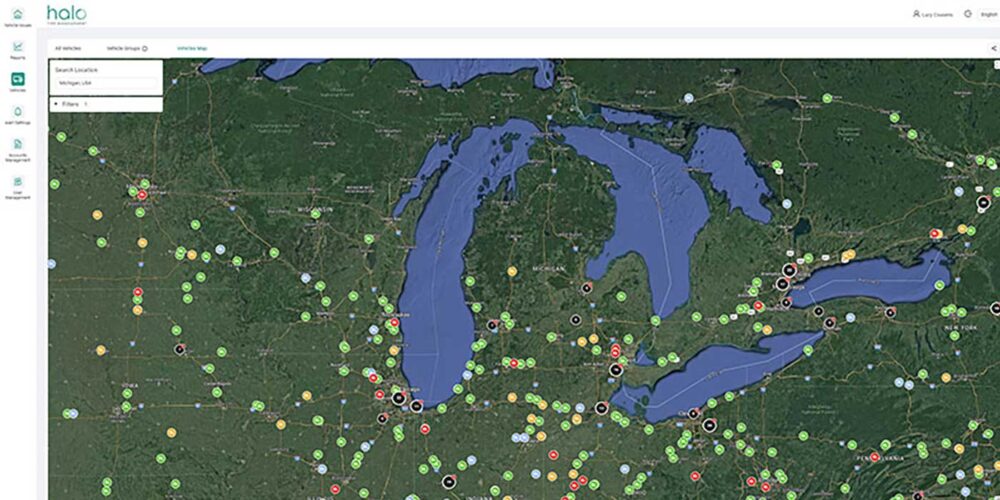As commercial vehicle fleets strive for peak performance and efficiency, tire health monitoring plays a pivotal role in maintaining safety, reducing downtime, and minimizing operational costs. While standard Tire Pressure Monitoring Systems (TPMS) offer valuable insights into tire pressure, they often fall short in meeting the diverse and specific requirements of modern fleets. Let’s delve into the shortcomings of standard TPMS and why customizable tire health alerts are crucial for commercial vehicle fleets, starting with four examples.
Lack of personalization
Standard TPMS systems are designed with a one-size-fits-all approach, providing generic alerts and recommendations. However, commercial vehicle fleets operate uniquely, each with their distinct tire management practices and operational challenges. Standard alerts fail to cater to these specific needs, leading to inefficiencies and missed opportunities for optimization.
Inadequate targeting of alerts
With standard TPMS, fleet managers receive an overwhelming stream of alerts, making it challenging to prioritize and address critical issues promptly. Without targeted alerts that consider factors like vehicle type, tire position, issue severity, or time of day, fleets struggle to provide actionable guidance to drivers and technicians, resulting in increased maintenance costs and potential safety hazards.
Missed opportunity for proactive maintenance
Standard TPMS primarily focus on real-time pressure monitoring, providing alerts only when tire pressure deviates from the optimal range. While this is essential, it falls short in preventing potential tire issues before they escalate. Customizable tire health alerts, on the other hand, empower fleet managers to set recommendations based on specific criteria, allowing for proactive tire maintenance and prolonged tire life.
Inefficiencies in fleet operations
Without customized alerts that align with the fleet’s tire management practices, operators may struggle to efficiently manage tire-related tasks. Valuable time is lost deciphering generic alerts, and the lack of personalized guidance hampers fleet-wide tire optimization, leading to increased operational costs and decreased overall performance.
A solution: Customizable tire health alerts
Enter customizable tire health alerts. Aperia Technologies’ Halo Connect is at the forefront of this innovation. Halo Connect offers fleet administrators the ability to tailor recommendations to their drivers and technicians, aligning with their specific tire management practices.
Fleets can set recommendations based on tire characteristics, wheel position, and vehicle type, ensuring targeted guidance for each group. With precision mapping of alerts, drivers and technicians receive timely, actionable insights, allowing for proactive maintenance and efficient tire management.















